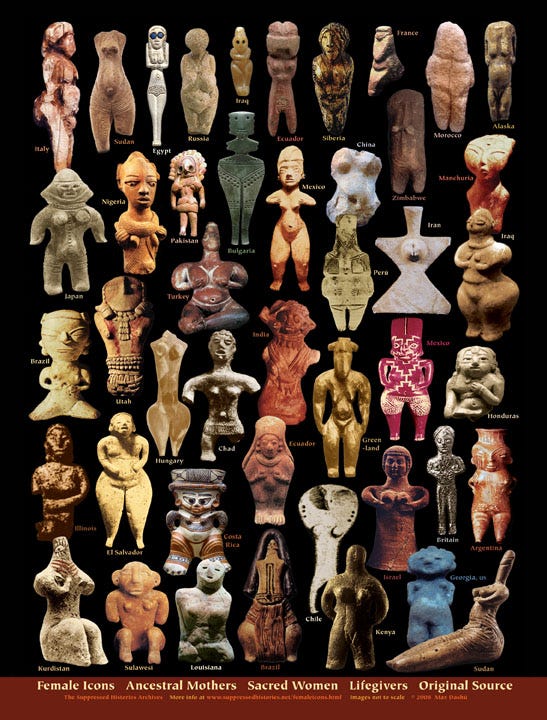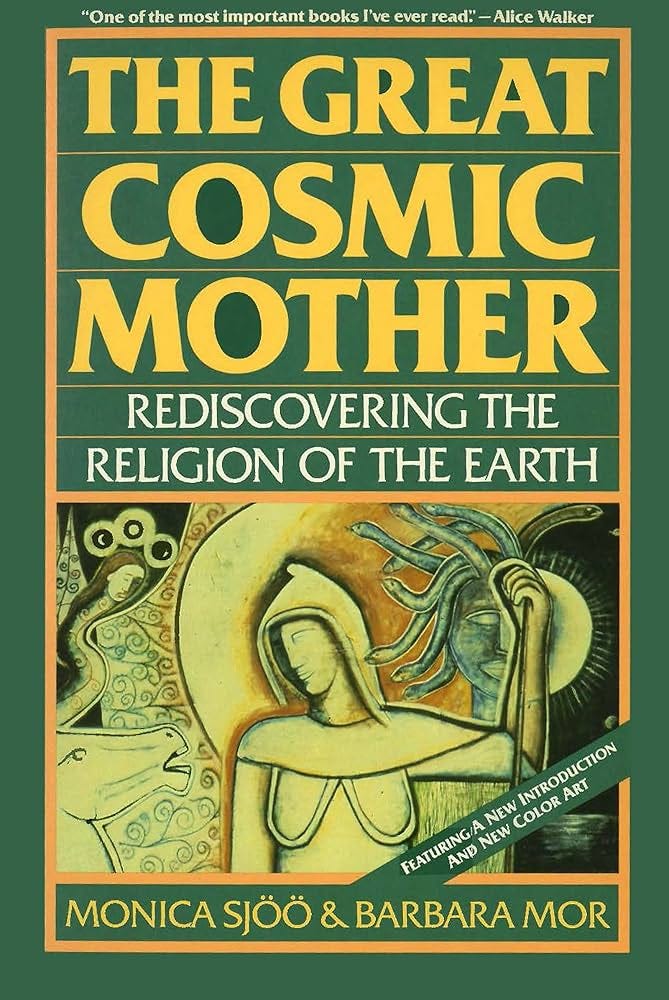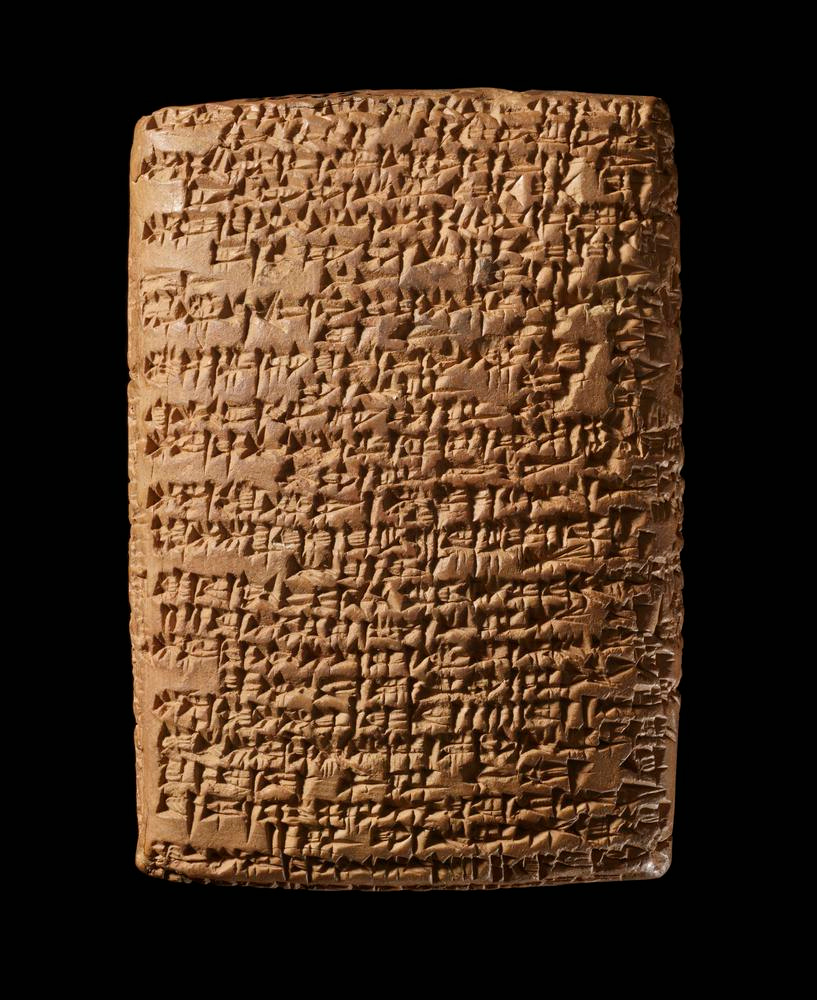When the Feminine was First...
We have forgotten, or perhaps it was buried, that throughout human civilization, there are many feminine firsts. These are not just myths or metaphors...
Feminine Firsts: Remembering the Primordial Power of Woman Through Time
In human civilization, there are many feminine firsts. These are not just myths or metaphors, they are in fact, records of a time when the feminine was sovereign. When women’s bodies, wisdom, and rhythms were honored and revered.
Across time and space, women stood at the heart of culture, not only birthing life but crafting the first medicines, calendars, songs, and stories. The ancient sacred feminine power we carry in our bones is older than any written history — yet so often hidden.
While these truths have been long forgotten — and intentionally so — we are now remembering. Just as the earth remembers how to grow again after natural disasters, we too, are born with the capacity to regenerate and rebirth.
This is a new series I am working on, and if you’d like to know more, just leave me a comment below…

Feminine Firsts in Human Civilization
The first divine archetype ever worshipped: The Great Mother, whose figurines have been found in archaeological sites dating back 40,000 years across the world, reminding us of the feminine as the origin of life, the Goddess as a guide, and the feminine body as life-giving and natural.
The first known and named deity: The goddess Inanna/Ishtar, whose hymns and stories shaped the earliest written mythologies, connected to the cycles of descent and ascent of Venus. I have a new free Venus workbook coming soon!
The first recorded author in human history: The high priestess Enheduanna, who inscribed clay tablets over 4,000 years ago, leaving humanity’s first signed literary works.
The first written musical composition: The Hurrian Hymn (c. 1400 BCE), dedicated to the moon goddess Nikkal, offering insight to the worship of the moon.
The leader of the first peaceful trade expedition: Pharaoh Hatshepsut, one of Egypt’s earliest female rulers, who expanded trade routes and brought prosperity without conquest.
The first human art: Ancient lunar calendars painted in red ochre in caves across France and Spain, offering evidence that the 13 cycles of bleeding and the moon were humanity’s original timekeepers.
Feminine Symbols We Were Taught to Fear
The apple, once a symbol of sacred knowledge and the mysteries of life and death, later twisted into a tale of temptation and original sin to instill fear of feminine wisdom.
The serpent, once honored as a keeper of earth wisdom, healing, and the cycles of renewal, recast as a deceiver and destroyer, sowing distrust in ancient feminine power.
Blood, once revered as life-giving and holy for its connection to fertility, birth, and the sacred cycles, later hidden and shamed, severing the natural reverence for women’s bodies.
The moon, our ancient ally in timing, dreaming, and birthing, long seen as a guide for agricultural and spiritual cycles, later mistrusted as wild, unpredictable, or dangerous.

Early Mothers of Myth and Mystery
Priestesses of Hathor in ancient Egypt, guardians of music, joy, birth, and the ecstatic mysteries of the womb, who held professional roles of spiritual and social power at temples along the Nile.
Bee Priestesses (Melissa) of Artemis in Greece, keepers of the sweetness and sting of life, tending sacred hives and guiding initiations in the forests, caves and mountains.
Oracle of Delphi (Pythia) in Greece, women who served as the voice of prophecy at the later Temple of Apollo on Mount Parnassus, shaping the political and spiritual decisions of city-states for nearly a thousand years.
Amazonian warrior women, legendary matriarchal warrioresses along the Black Sea steppes, celebrated in Greek and Scythian stories as fierce, independent women who protected their own lands and upheld codes of sisterhood and sovereignty.
Culture Creators
Textile innovators, women who spun the first threads and wove the first cloth, inventing textile arts in ancient Anatolia and Mesopotamia that enabled survival, trade, and the rise of complex societies.
Potters and ceramicists, women whose hands shaped some of humanity’s first vessels — revolutionizing food storage, cooking, and settlement life as was necessary during the agricultural revolution.
Ritual theatre performers, songkeepers, and dancers, women who led sacred performances, composed lullabies, healing chants, and communal dances, uniting communities across time and space shaping oral tradition, memory, and collective transformation.
Drummers and rhythm keepers, women who played frame drums traced back to Sumer, Anatolia, and the Mediterranean, using the rhythm of the original heartbeat in rituals, birthing, healing, and trance, and laying the foundations of music as a tool of community and transformation.

Guardians of Law and Justice
Egypt’s Divine Adoratrices, powerful priestess-administrators centered in Thebes, who oversaw temple estates, managed resources and held political influence rivaling that of male officials.
Minoan high priestesses on the island of Crete (c. 3000–1100 BCE), were women who presided over disputes, mediated conflicts, and guided rituals at grand sites like Knossos, reflecting their central role in maintaining social harmony.
Priestesses of the goddess Maat in ancient Egypt, who taught the cosmic laws of truth, balance, and order (known as maat), principles that formed the foundation of Egypt’s courts, moral codes, and governance.
Sumerian priestesses in Mesopotamian cities such as Ur and Uruk, managed the economic, legal, and social affairs of temple complexes, crafting contracts, organizing labor, and shaping some of the world’s first written laws.
In sharing all of these ancient facts, it is important to note that these feminine firsts are not distant relics. They offer archaeological and cultural evidence that the intuitive nature and regenerative force of women are vital for creation, peaceful expansion, and the thriving of civilization as a whole.
So, may we gather these fragments of remembrance together… May we honor the life-death-life force within and around us. May we rise, not to mimic the past, but to embody the timeless feminine power that first birthed the world, and can birth new worlds still.







This sounds like an amazing series that I would absolutely follow! I have a passion to continue learning more about how we, women, have contributed to human civilization over millennia. How important and revered we were. And then how this reverence slipped away. What were the patriarchal forces doing over this long timeframe that deminished what we stand for and who we are?
This is so interesting, dear Kate 🌿 I learned a lot. Thank you for sharing your knowledge 🙏